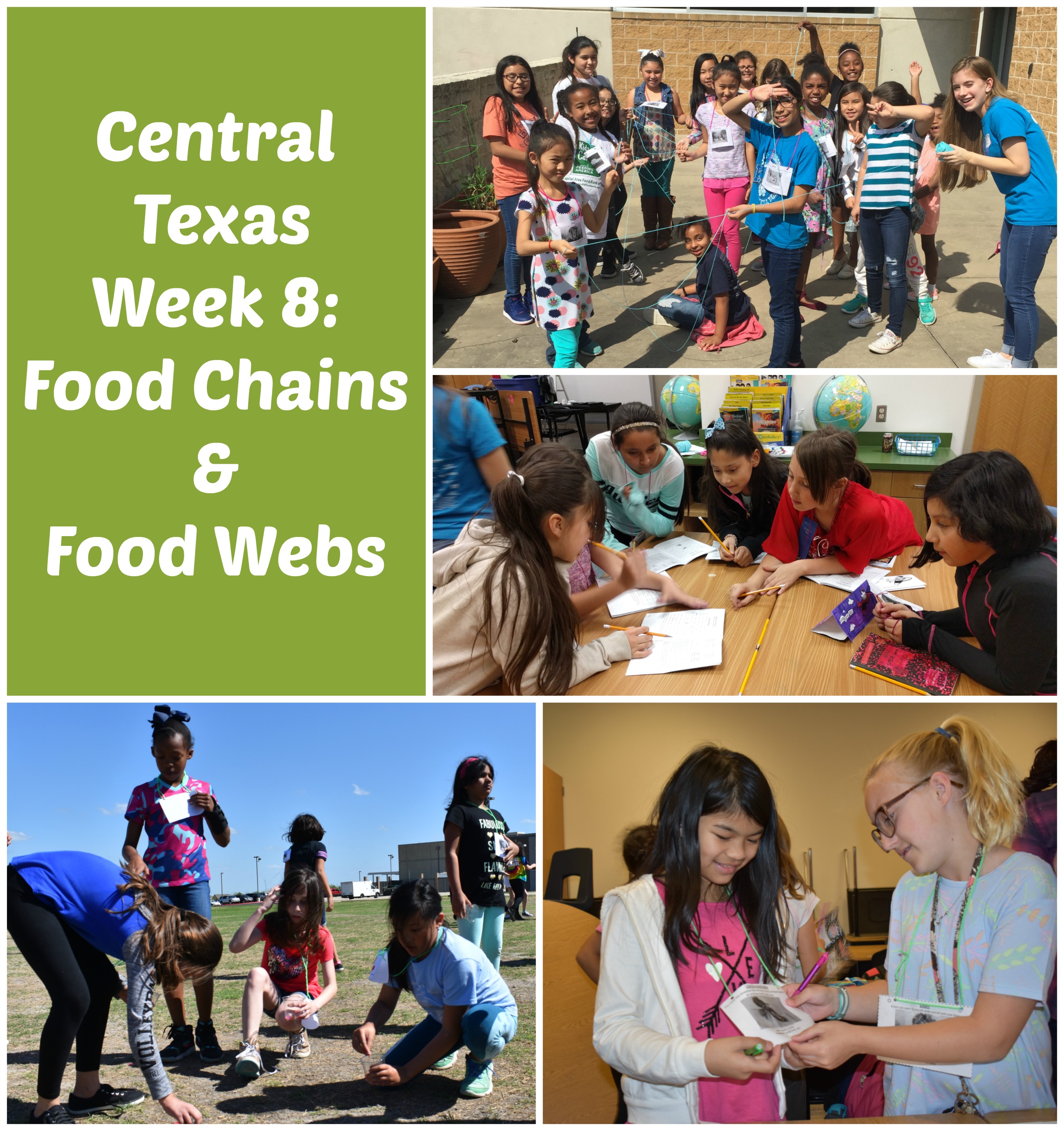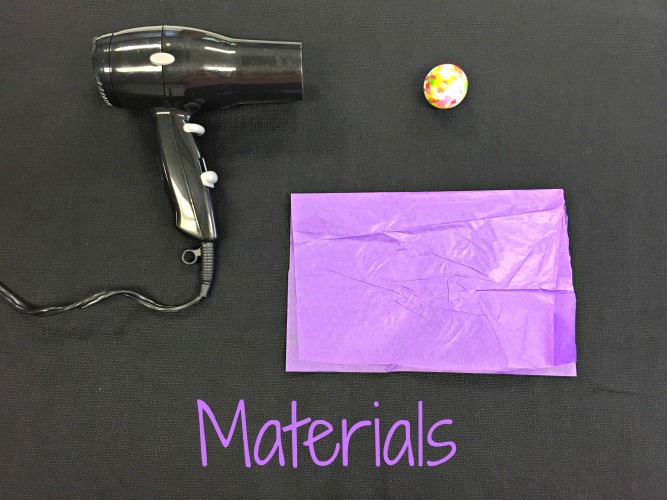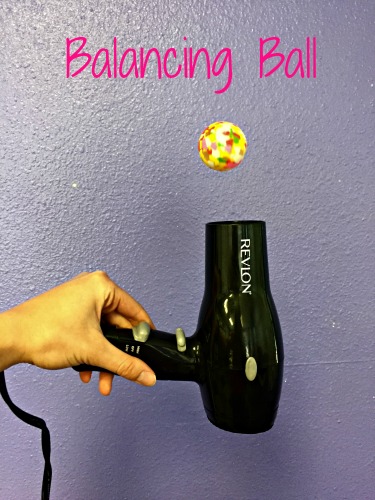Food Chains and Food Webs
In continuing the learning about the role science plays in the environment, the girls took the role of ecologists and explored the relationship between plants, animals, and the environment. They explored the flow of energy through an ecosystem and the impact humans can have through various activities.

The class started by each girl receiving a name tag with a certain animal and its characteristics listed. Some received common animals while others discovered new types of predators and prey. Girls learned definitions such as omnivore, consumer, producer, etc. The girls then stood up if they believed their animals fell under that certain category. After knowing the definitions and where their animals fell, the girls jumped into a game of BINGO in which they had to have another girl sign the box that represented their type of animal. The girls buzzed around excitedly until someone yelled out “BINGO” and in unison “awwwww” was heard.

Following, the girls competed and coordinated to see who could build the longest food chain with their animal name tags. During this activity the girls applied the vocabulary they learned and you could hear them saying “we need a producer” or “we need more prey.” Some girls even took it a step further and created a food web instead and were able to show how species interact in an ecosystem. To seal their learning, the girls played a game of predator-prey tag. The girls were categorized into grasshoppers, spiders, birds, and toads. They then went outside and through the game, were able to see what occurred when the number of prey and predators increased and when they decreased. The activity finished by the girls coming up with predictions of what causes the fluctuation in number of prey and predators in an ecosystem and how humans cause this and how they can help fix these issues in the future as ecologists!





